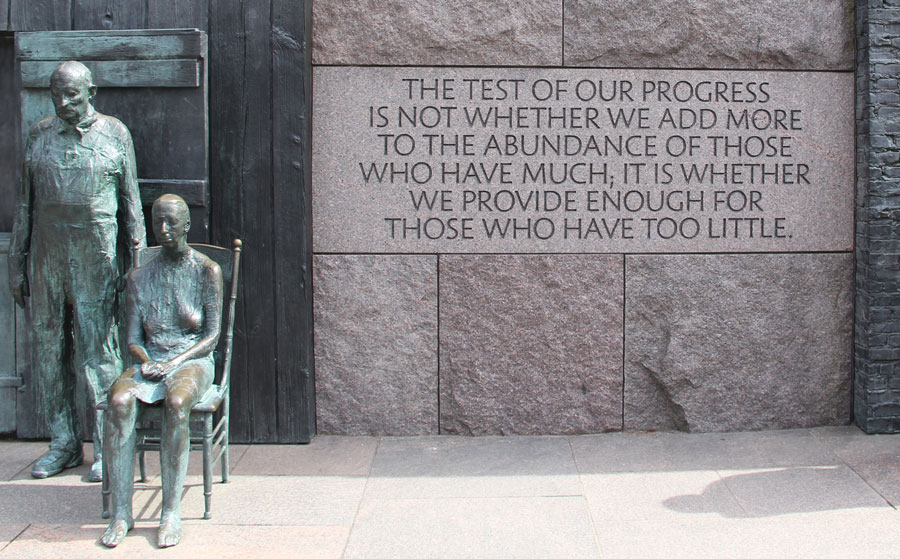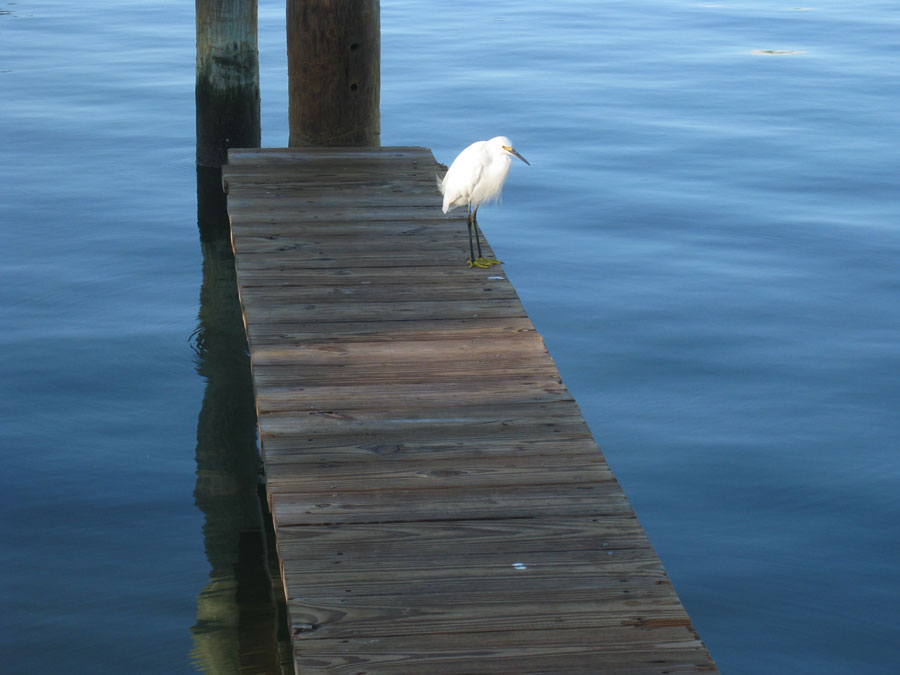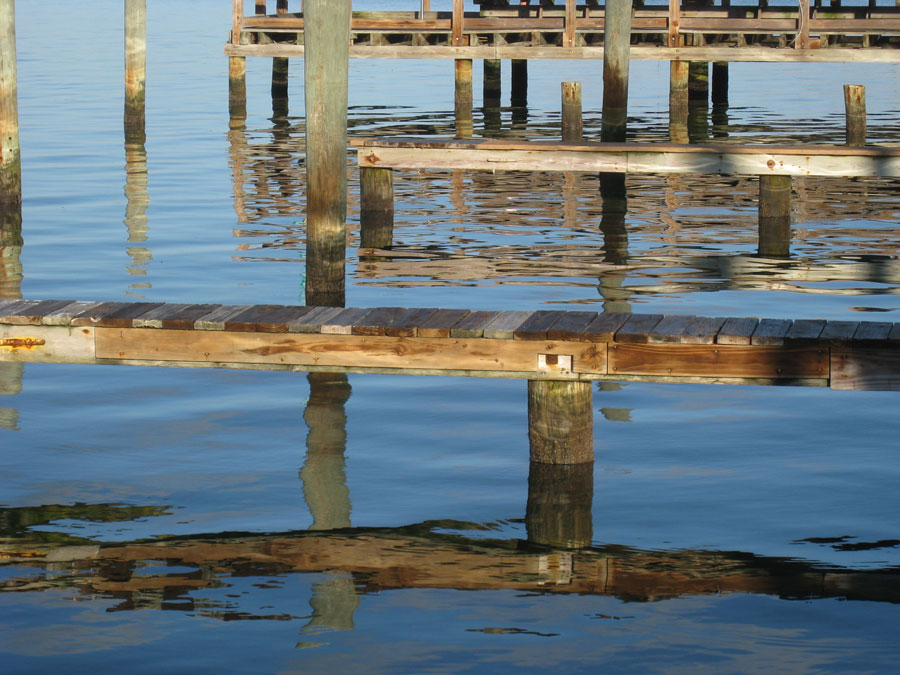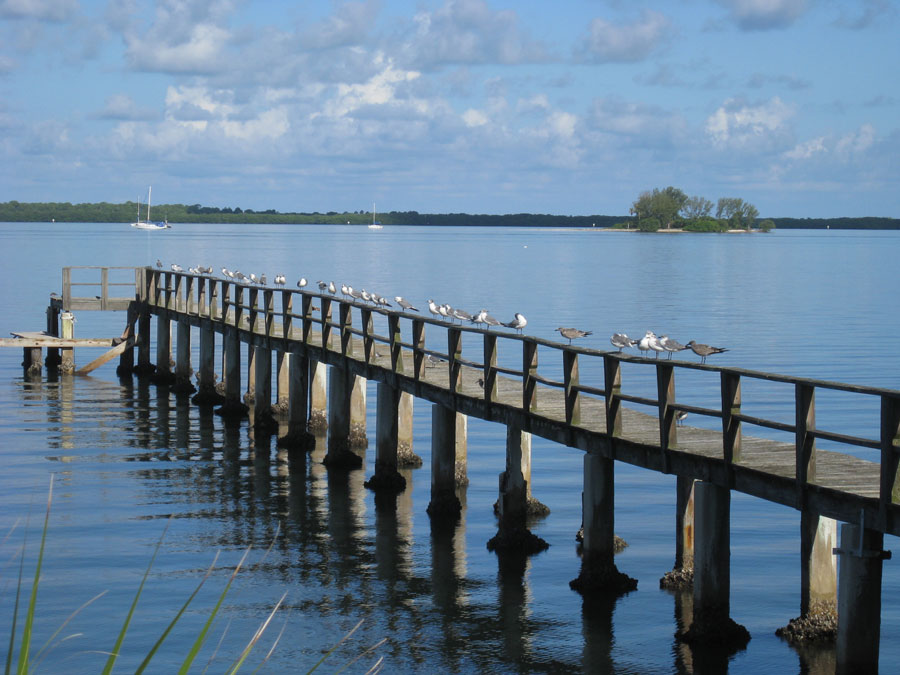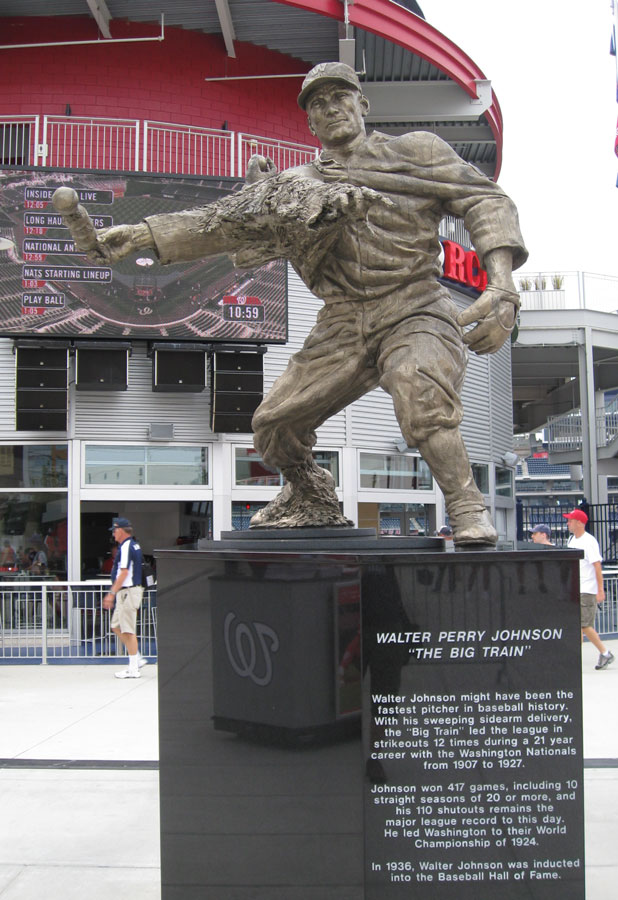I don’t know about you, but I’m scared.
I blame the media. I know how they operate. I used to be one of them. They feed on Bad News. The Badder the Better.
But there’s a limit to how much of this stuff an ordinary person can take before they start to feel, you know, paranoid. And I know from paranoid. So when I say I’m quaking in my boots, I kid you not.
Not to bum you out or anything, but if you have come up for air any time in the last couple of months you may have gotten wind of the Ebola epidemic, the beheadings by extremist groups, the widespread leakage and spillage of data relating to security, privacy and general peace of mind. It’s enough to make a person want to curl up in a ball and wait for the all-clear siren to sound.
But when the going gets apocalyptic, the diehards get going. That’s what I’m counting on — those hardy, “not-on-my-watch” types who refuse to give up no matter how bleak the outlook. I aspire to be like those guys. Aspiration will only get you so far, however. To cover those last critical inches in time to hurl yourself through the closing gates of safety requires perspiration.
Thus, after a lifetime of resisting the idea of regular exercise classes, I now lift weights, do crunches and attempt push-ups. I put up with the relentless cheery chatter of the instructor, who is, of course, twenty years younger than I am. That’s the new normal for me. Everybody is at least twenty years younger. I don’t mind. I’m stronger now than I was when I was nineteen, when I took good health for granted and thought joggers were obsessed weirdos. Now I realize all those people running everywhere had the right idea way ahead of the rest of us.
I’ll never be a long distance runner, but I give my all in sprints. And what keeps me going, aside from the daily news and the rising tide of dread in my heart, is the thought that, if the zombies ever make their move, I’ll be ready. I may not be able to outrun them myself, but if I can at least help the kids to reach the safe zone, I’ll feel it has all been worthwhile.
It’s not Zumba that keeps me going. It’s zombies.
